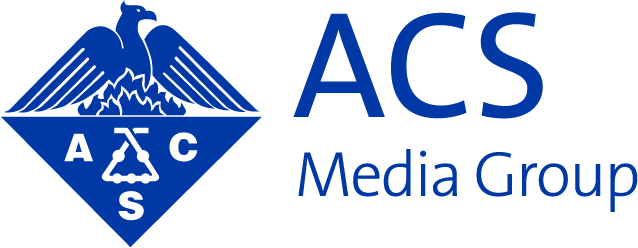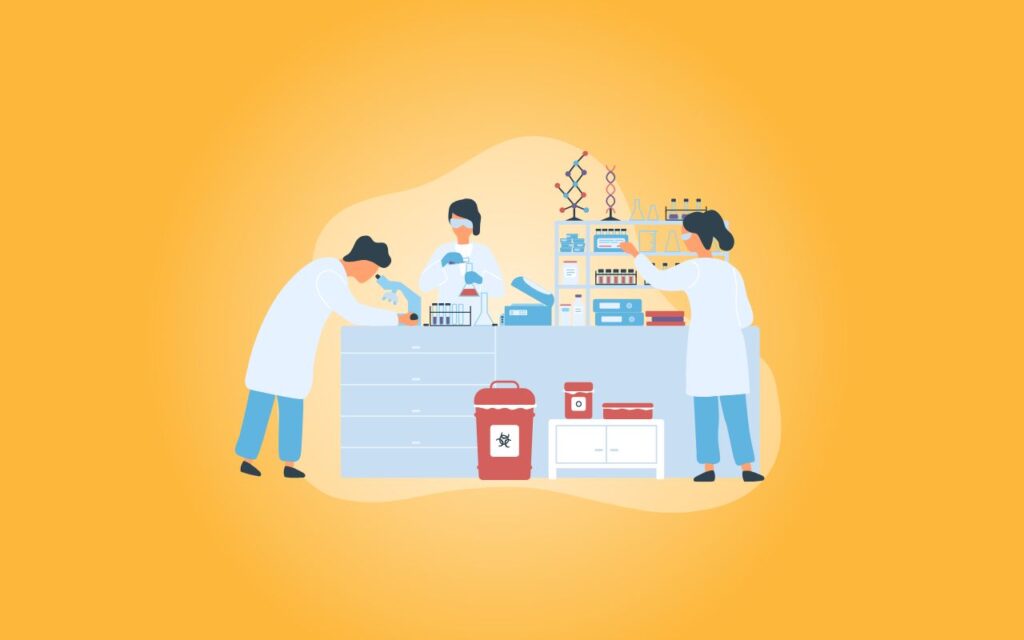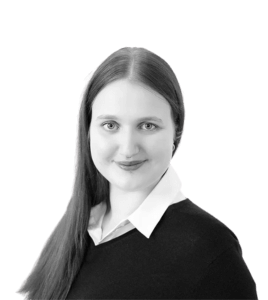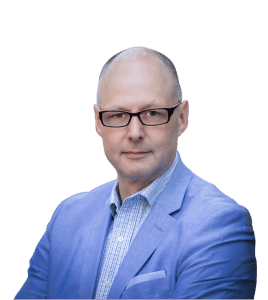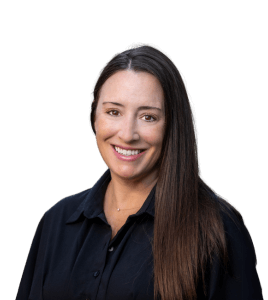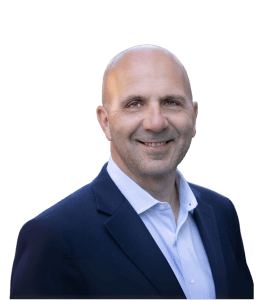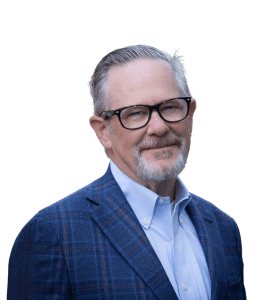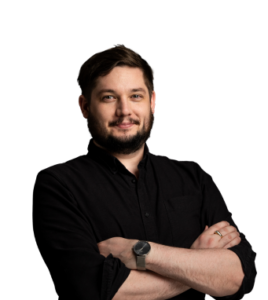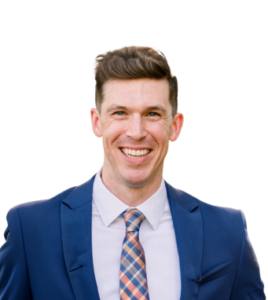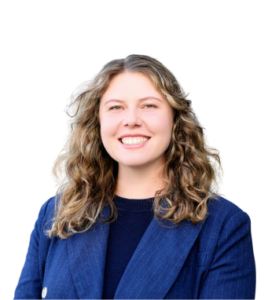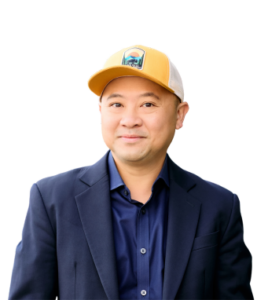Many scientists and engineers get in to their line of work to find cures for various diseases and develop new technologies to make our lives better. Some find success after a lifetime of innovation and creativity. But others find similar success through completely accidental chemical discoveries.
Many of the chemicals and materials we depend on today arose from absolute serendipity. The following five examples – in no particular order – are some of our favorite ‘mistakes’ that not only worked, but also changed our lives for the better.
5 Accidental Chemical Discoveries:
#1: Sweet‘N Low
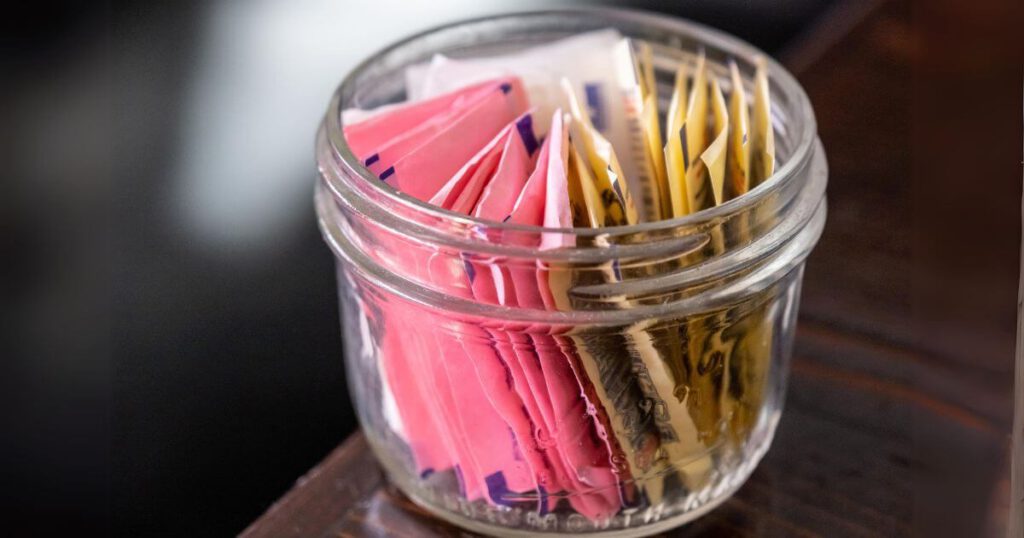
Throughout history, humans have made multiple attempts to recreate the taste of cane sugar. The ancient Romans were the first to use artificial sweeteners, but it turned out their version was deadly – they used lead (II) acetate, the same chemical found in lead paint. It wasn’t until the 19th century that scientists introduced a new artificial sweetener to the world that did not poison people. But it just so happens that this sweetener, saccharin, was discovered by accident.
In 1879, a young scientist named Constantin Fahlberg was analyzing the chemical components of coal tar, a substance used to treat psoriasis. One night, after a long day at the laboratory, Fahlberg went home to make dinner, forgetting to wash his hands before he left.
Fahlberg made some rolls for dinner that night. After sitting down for his meal, he picked up a roll and bit into it, and instantly, he found it to be incredibly sweet. Fahlberg became so excited about his discovery that he did what any scientist shouldn’t do: he ran back to his laboratory to taste all the chemicals, tools, and glassware he had worked with that day to find the source of the elusive sweet taste. He narrowed down the source to a beaker where o-sulfobenzoic acid had reacted with phosphorus (V) chloride and ammonia, producing benzoic sulfinide.
Soon thereafter, Fahlberg filed a patent for a process to create benzoic sulfinide in large quantities (without telling his collaborator, Ira Remsen), and he moved to New York, opened a shop, and started selling his new “saccharin” product, as he called it, as a drink additive.
Eventually, the world began to adopt saccharin as the first commercial alternative to natural cane sugar. Nowadays, we know saccharin by its commercial name, Sweet’N Low, and its distinctive pink wrapper, whose color was chosen so it would stick out in the sugar bowl. In fact, the color pink still adorns their website and all of their packaging, leading consumers to associate the color with the brand among the litany of competitors on the market today.
#2: Vaseline
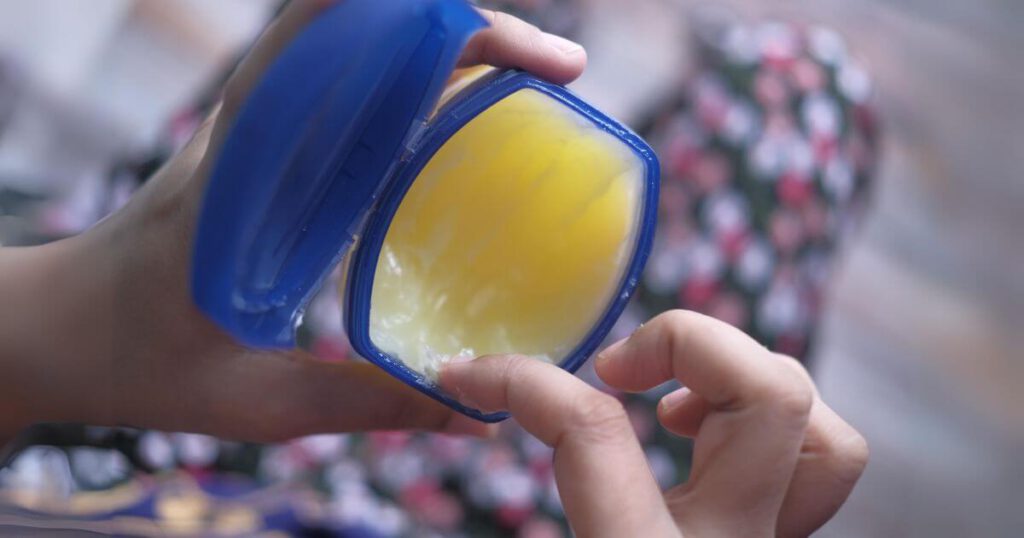
Petroleum jelly, which is commonly referred to by its commercial name, Vaseline, is perceived by many as a cure-all for cuts, bumps, scrapes, bruises, rashes, and other topical ailments. But Vaseline was not discovered by a scientist, doctor, or engineer; it was discovered by oil rig workers.
In the mid 19th century, petroleum was discovered near the small town of Titusville, Pennsylvania, and soon, the oil fields there became very prolific. But the rig workers quickly discovered a complication: an oily wax tended to accumulate on their petroleum rigs, and the residue caused their machinery to malfunction.
At the same time, a scientist in New York named Robert Augustus Chesebrough, who had spent many years working with sperm whale oil, was interested in learning new ways he could use petroleum. The newly found chemical was starting to make his work obsolete, and he didn’t want to be pushed out of business.
Upon visiting Titusville, Chesebrough heard about the “rod wax” the workers had to deal with, but he also learned that some of the workers had started applying the wax to their wounds, finding that it helped them heal faster. Intrigued, Chesebrough brought some of this wax back to his lab in New York, refined it into a gel, patented the process for making it, and started selling it under the name Vaseline.
In a case of poor (and devoted) marketing tactics, Chesebrough would travel around New York and demonstrate his new product by burning himself with acid or an open flame and applying Vaseline to show its healing effects! (To be crystal clear, we do not endorse Chesebrough’s disregard for safety, of course….)
#3: Penicillin
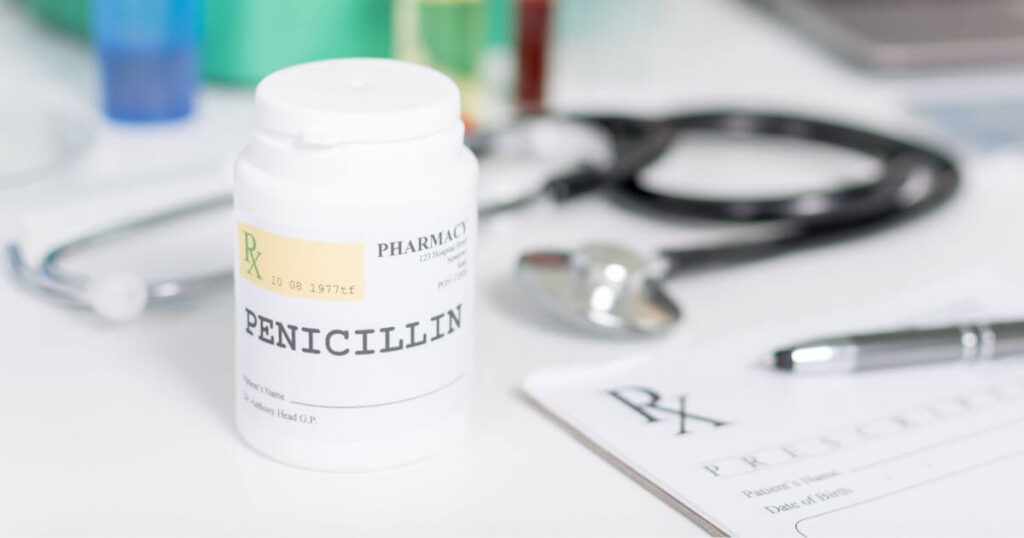
This is likely the most well-known and most impactful accidental chemical discoveries in history, and it cannot be overlooked in any list of accidents that worked.
In 1928, when British microbiologist. Alexander Fleming came back to his laboratory at St. Mary’s Hospital in London after his summer vacation, he noticed that mold had contaminated some of his Petri dishes. But this wasn’t just any mold. The mold he found occupying his Staphylococcus aureus colonies seemed to have prevented the bacteria from growing near it. This mold was called Penicillium notatum.
Fleming wrote up his unusual findings but did not have the resources or skills he needed to pursue the research any further.
Ten years later, a pathology professor at Oxford University named Howard Florey came across Fleming’s paper and gathered a team of pathologists to study the Penicillium’s antibiotic powers. Florey’s team successfully extracted penicillin from the bacterium and continued to demonstrate its antibiotic action – first in mice, and then in humans. Finally, after figuring out how to produce it on a mass scale, penicillin proved to be the most effective drug ever produced at the time.
But when Florey published his findings in the early 1940’s, the British fight against the Nazis was reaching a head, and the British media found the discovery to be a very convenient device in the media war against their enemy. As the United States were locked in a race to beat the Russians to a nuclear bomb, the British were in their own battle of technology of innovation with the Nazis.
The Nazis were developing sulpha-containing antibiotics through nefarious means, so to stoke support for the war effort, British newspapers started reporting on how the British invention of penicillin was more effective than sulphamanide. In fact, the newspapers spread a rumor that penicillin kept Winston Churchill healthy during the war (whereas it was actually his doctors recommending he cut down on cigars and alcohol), and that Churchill even paid for Fleming’s medical education after his father saved Churchill from drowning as a boy. But in reality, the incident never happened, and Churchill and Fleming were not acquainted. Despite the reasons why penicillin gained notoriety, by the end of World War II, penicillin was a household name.
#4: Teflon

The same year Florey’s research on penicillin began, a scientist at DuPont made another accidental chemical discovery.
Roy Plunkett of DuPont was tasked with discovering non-toxic refrigerants to replace toxic ones such as ammonia and sulfur dioxide. At one point, Plunkett was experimenting with a gasous refrigerant called tetrafluorethylene (TFE). He created 100 pounds of the stuff and stored it in small cylinders.
One day, Plunkett opened one of the cylinders – and no gas came out. The cylinders still weighed the same, which means the gas hadn’t leaked. The TFE seemed to have vanished!
To investigate further, Plunkett cut the cylinders open. To his surprise the TFE gas had polymerized into a waxy powder, polytetrafluoroethlyne (PTFE), and had gotten stuck in the cylinder. Plunkett found the PTFE to be very slippery; in fact, it is one of the slipperiest substances known to humankind. Pretty soon, after attaining the trademark name “Teflon,” DuPont started marketing the substance for industrial uses, gathering government contracts during World War II, and partnering with well-established brands to incorporate the substance into a variety of products, including plumber tape, stain repellant, and non-stick pans. Through their efforts, DuPont created almost universal brand awareness across many consumer good and B2B industries.
#5: Super Glue
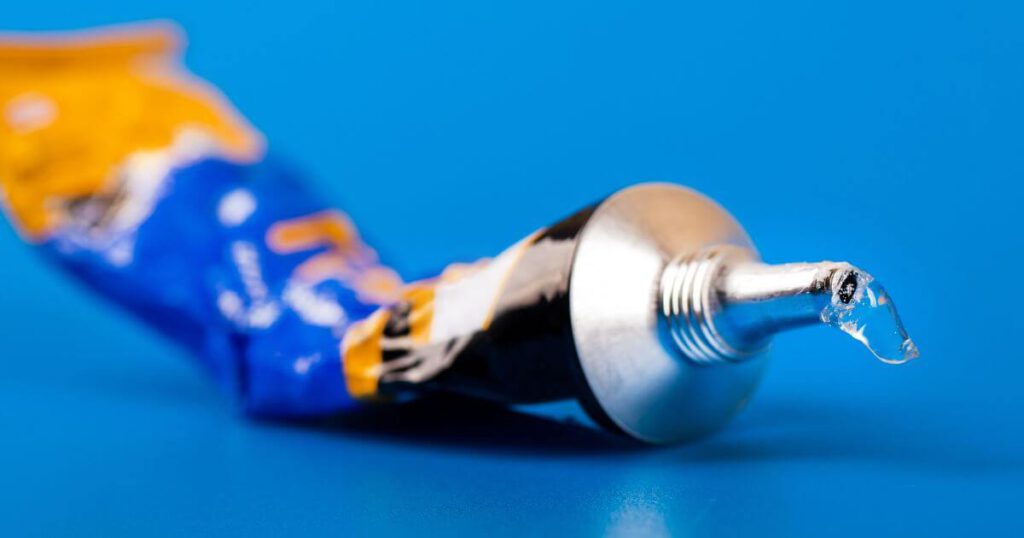
While penicillin was saving lives during World War II, other scientists were working diligently to develop new materials for military equipment that would be cheaper and easier to produce. In 1942, scientist Harry Coover was doing his part by searching for new materials that could be used to make plastic gun sights. In his search, he came across cyanoacrylate. This chemical would have been perfect, but it stuck to everything it touched. It was not going to work. Subsequently, Coover abandoned the chemical and looked for something else to use.
In 1951, then working for Eastman Kodak, Coover joined forces with Fred Joyner, who was searching for temperature-resistant coatings for jet cockpits, and one of the compounds he tested was Coover’s cyanoacrylate. The compound again failed for its intended purpose; instead, when they were testing how light passes through it, the two chemists used it to bind two refractory lenses, and they found that they could not separate the lenses. They were worried that they had destroyed valuable military equipment.
Finally, in 1959, after two failed attempts at creating products for the military using the same compound, Coover and Joyner finally realized the chemical’s commercial potential, and they started selling it as glue to consumers. Now, several companies independently manufacture superglue under different names, including Krazy Glue. Which, fun marketing fact, was spelled that way not as a marketing tactic, but simply to secure a trademark.
The Krazy Glue brand, and not the original Super Glue, in fact, became the household name for the product category. And that was no accident.
In the 1980s, the Toagosei company, the sellers of Krazy Glue, produced a television commercial wherein a construction worker Krazy-glues his hat to an I-beam and swings around under a crane.
This ad campaign, which didn’t just tell consumers what the product does but also shows what it does, started the trend of prankers using Krazy Glue to trick their friends – and as such, cemented the brand in popular culture.
